He wishes that he, too, had a wound, a red badge of courage
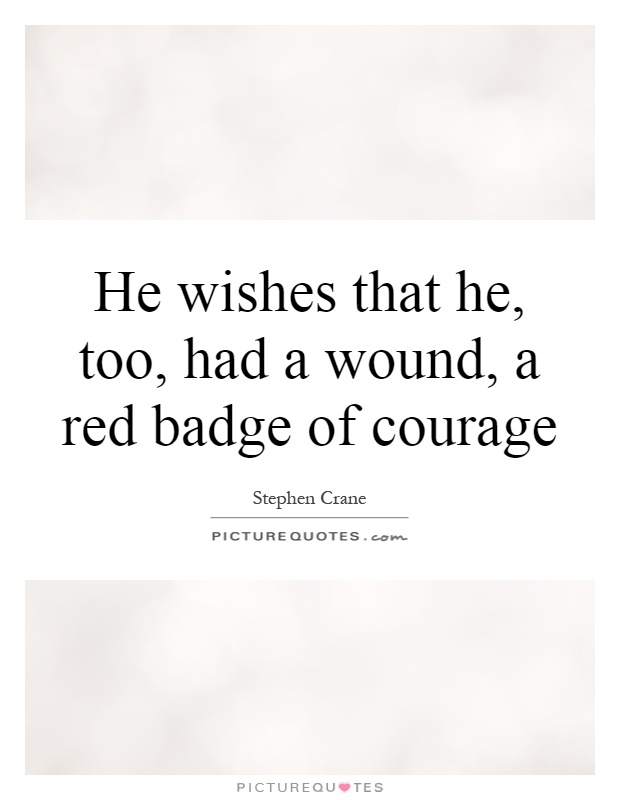
He wishes that he, too, had a wound, a red badge of courage
In Stephen Crane's novel "The Red Badge of Courage," the protagonist Henry Fleming longs for a physical wound to prove his bravery and courage in battle. The phrase "He wishes that he, too, had a wound, a red badge of courage" encapsulates Henry's desire to have a visible symbol of his bravery, something tangible to show that he has faced the horrors of war and emerged victorious.Throughout the novel, Henry struggles with his own insecurities and fears about his ability to perform in battle. He is plagued by doubts and uncertainties, questioning whether he has what it takes to be a true soldier. In his mind, a physical wound would serve as proof of his bravery, a mark of honor that would validate his courage in the eyes of his comrades.
The idea of a "red badge of courage" also speaks to the larger themes of the novel, namely the nature of courage and the ways in which it is perceived and understood. Henry's desire for a wound is not just about proving his bravery to others, but also about proving it to himself. He wants to feel the rush of adrenaline, the thrill of battle, and the sense of accomplishment that comes with facing danger head-on.
Crane uses Henry's longing for a wound as a way to explore the complexities of courage and the ways in which it is tested and proven in the crucible of war. Henry's journey from a naive and inexperienced soldier to a battle-hardened veteran is marked by his internal struggles and his quest for validation. Ultimately, he comes to realize that true courage is not about the presence of a physical wound, but about the strength of character and the willingness to face one's fears.

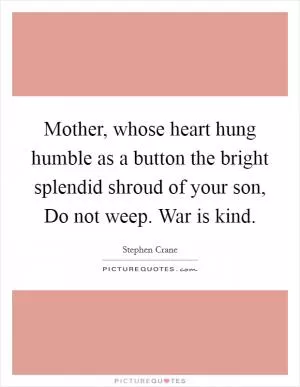

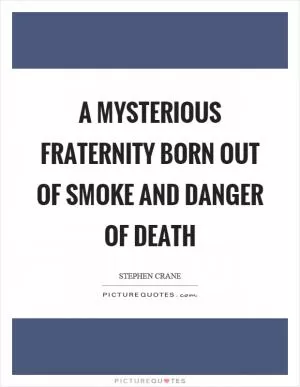



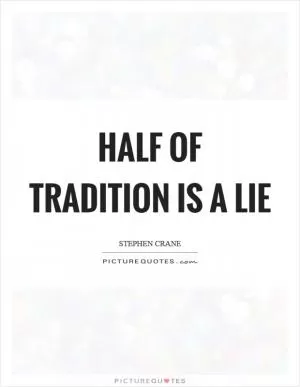


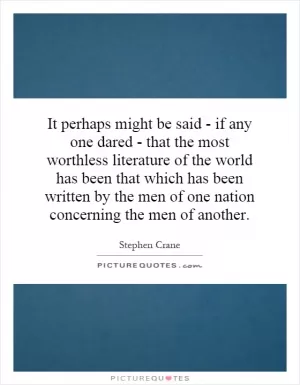

 Friendship Quotes
Friendship Quotes Love Quotes
Love Quotes Life Quotes
Life Quotes Funny Quotes
Funny Quotes Motivational Quotes
Motivational Quotes Inspirational Quotes
Inspirational Quotes